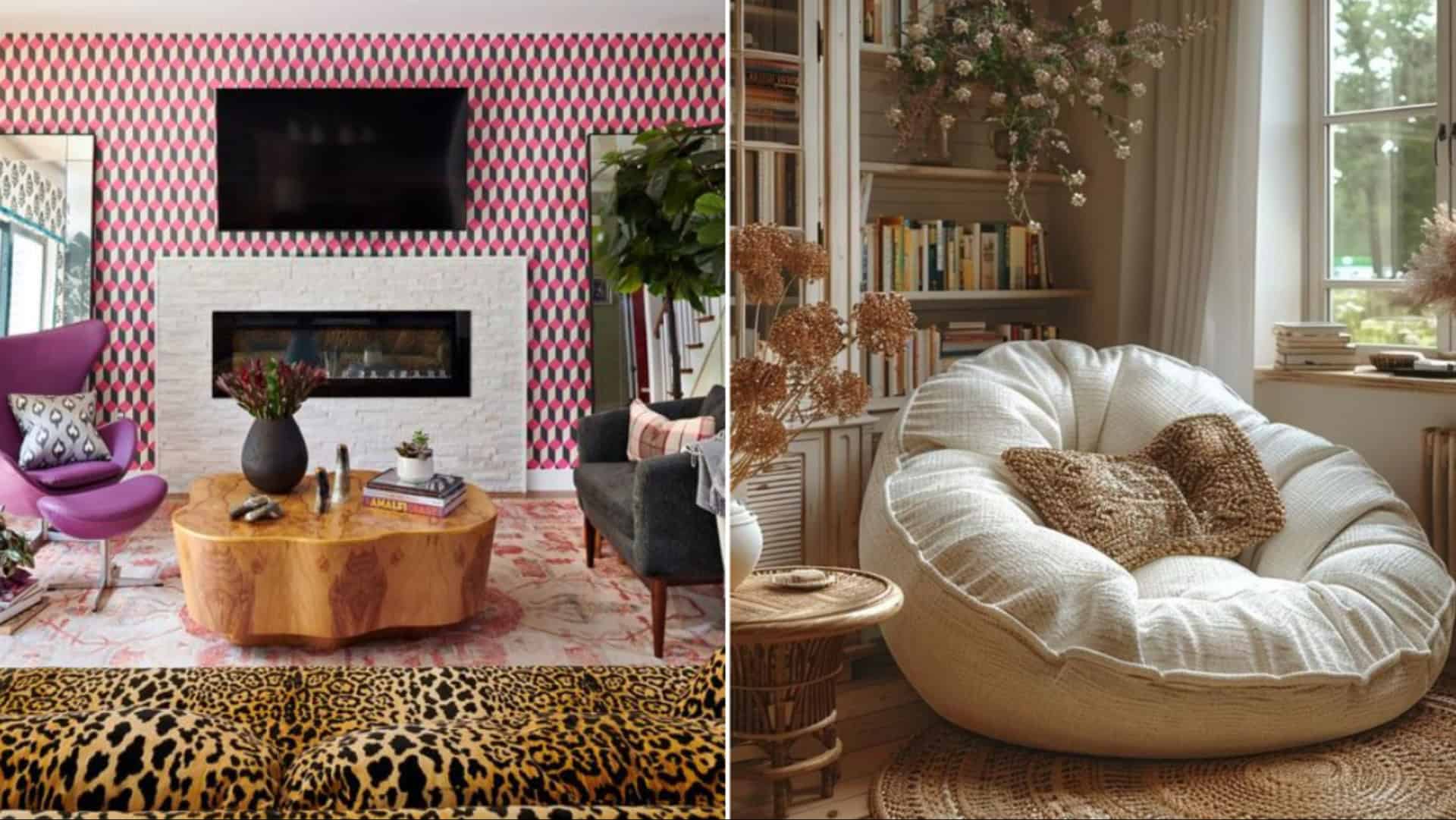Home decor has seen its fair share of bizarre trends that leave us scratching our heads in hindsight.
From gaudy embellishments to impractical designs, these decor choices once captured the fascination of many, only to be deemed misguided as tastes evolved.
We’ll take a light-hearted look at 10 such trends that were all the rage in their time!
1. Animal Print Overload
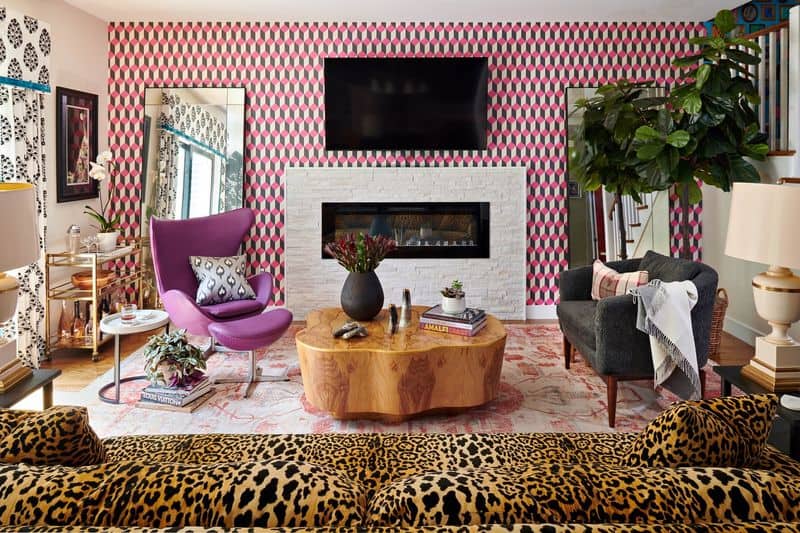
Once upon a time, animal prints were the epitome of chic in home decor! Zebra stripes and leopard spots invaded our living rooms, turning homes into safari-themed spaces.
The trend was all about boldness, but often it translated into a jarring mismatch of patterns and colors. Many embraced this wild style, thinking it added exotic flair to their spaces.
Today, the idea of wall-to-wall animal print might make us wince, but it serves as a reminder of our bold stylistic adventures.
2. Waterbeds
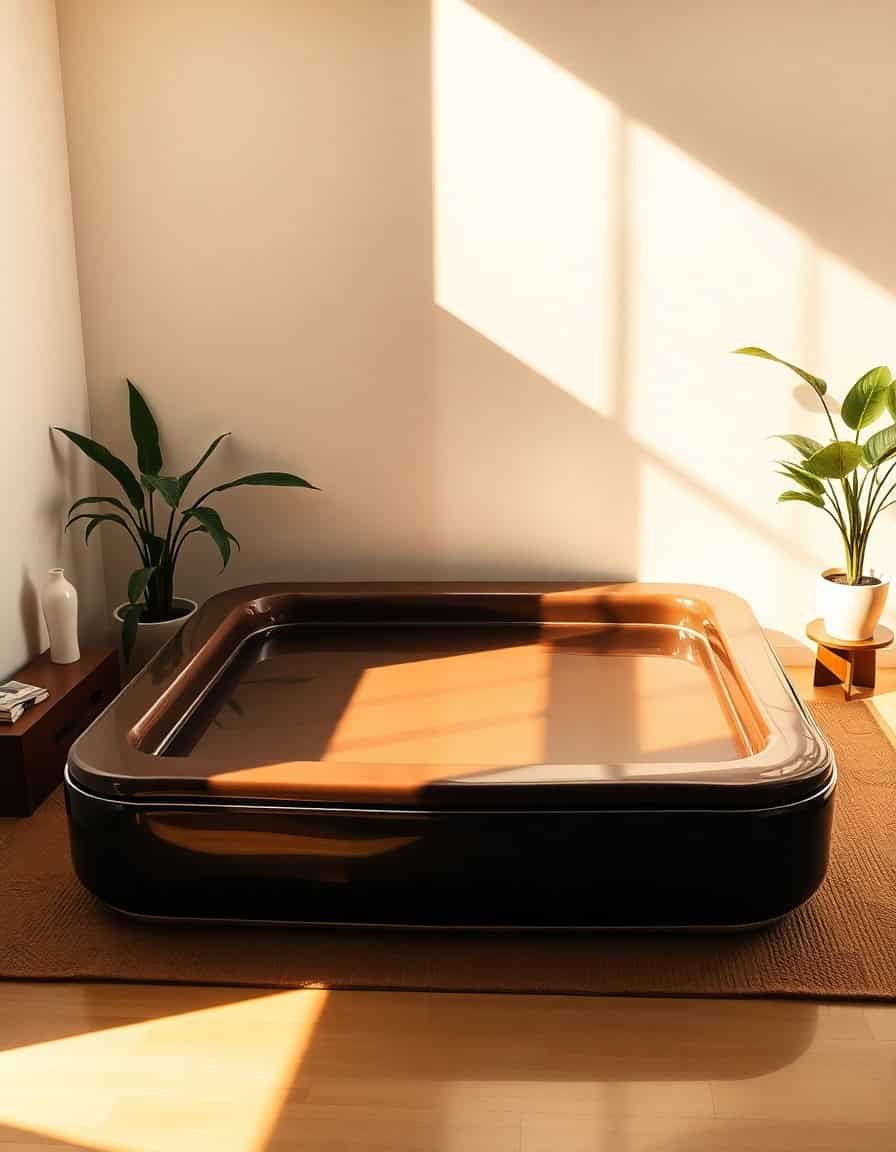
The waterbed was the epitome of luxury and modernism in the ’70s and ’80s, promising ultimate comfort and a unique sleep experience.
It was a must-have for those wishing to showcase their trend-savvy status.
However, these beds were notoriously high-maintenance, prone to punctures, and difficult to move. Many found them more of a hassle than a haven.
Today, waterbeds are largely obsolete, replaced by more practical and supportive mattress options.
3. Bean Bag Chairs

Bean bags burst onto the scene as a fun, informal seating option. Known for their ability to mold to the sitter’s shape, they offered comfort but lacked support.
Over time, the appeal of these quirky seats faded, as they proved impractical for long-term use.
The novelty of sinking into a bean bag was often overshadowed by the struggle to get out of one gracefully.
Today, they’re more of a novelty item, reminiscent of the laid-back vibe of their heyday.
4. Mirrored Walls
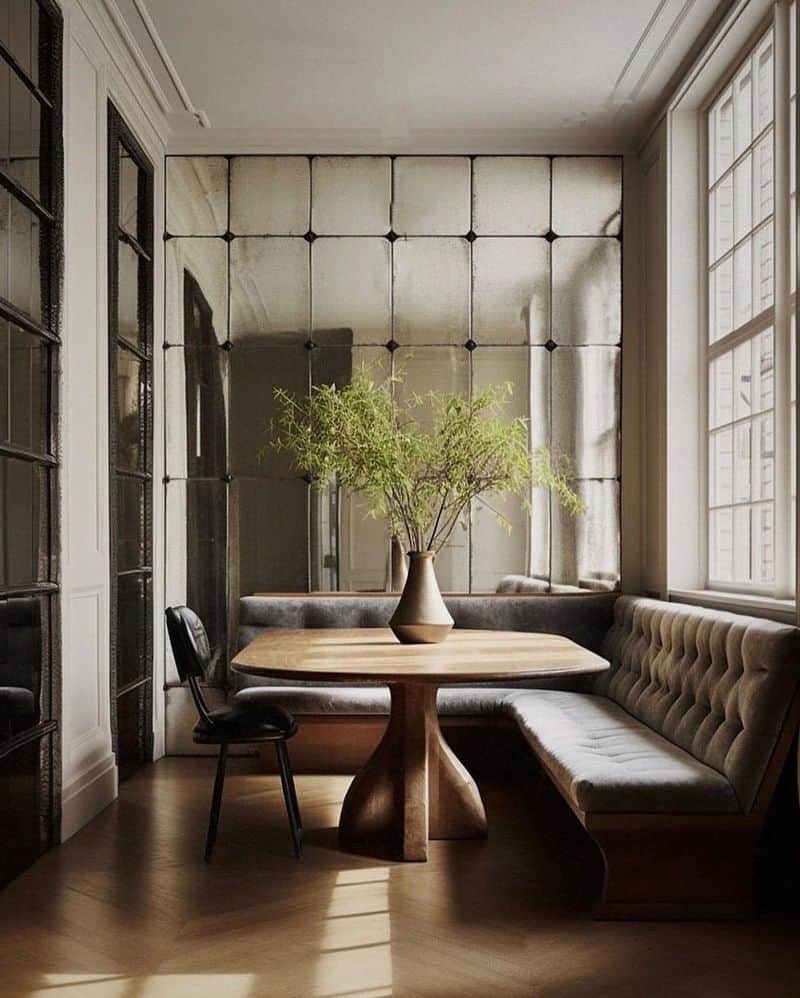
Mirrored walls were a bold statement, aiming to create the illusion of more space.
While they succeeded in making rooms appear larger, they also required constant cleaning and reflected every little mess.
The trend, popular in the 1980s, was eventually deemed excessive, as the constant reflection grew tiresome.
Nowadays, mirrors are used more sparingly, serving as decorative accents rather than overwhelming features, proving that sometimes less truly is more in home design.
5. Ruffled Bed Skirts
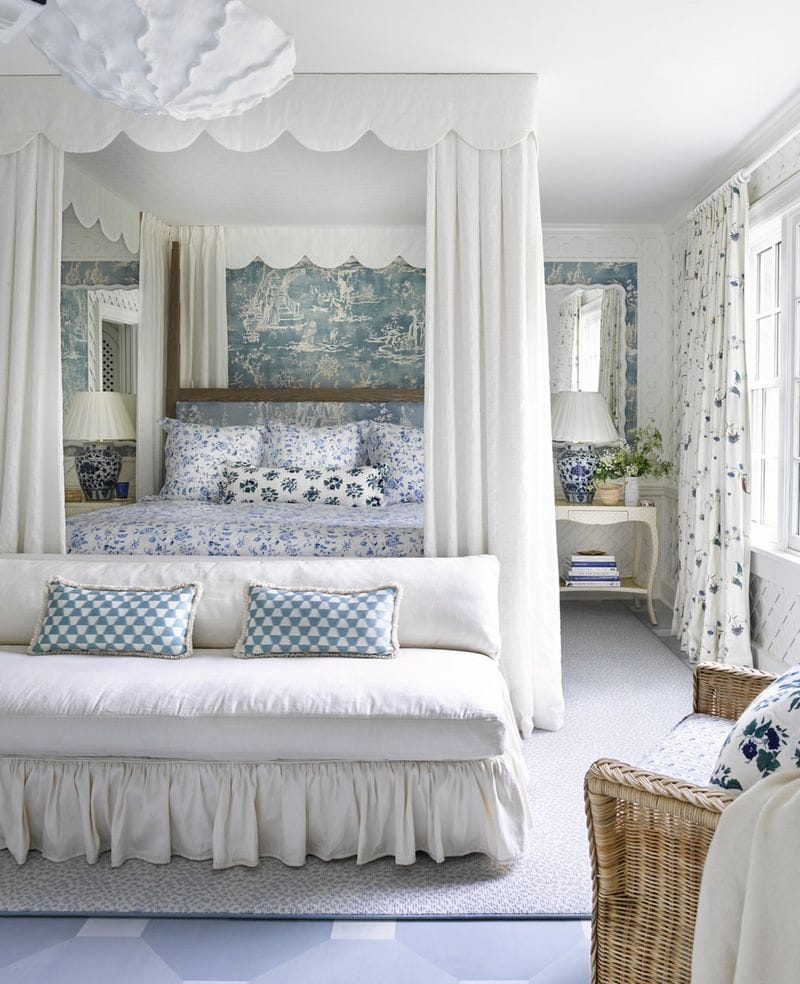
Ruffled bed skirts, part of the maximalist interior design trend, were often paired with floral and pastel bedding.
They added a touch of romance and femininity to bedrooms but were a hassle to maintain. The elaborate ruffles collected dust and required frequent laundering.
As minimalist trends gained traction, these fussy additions were swapped for sleek, fitted alternatives.
6. Inflatable Furniture
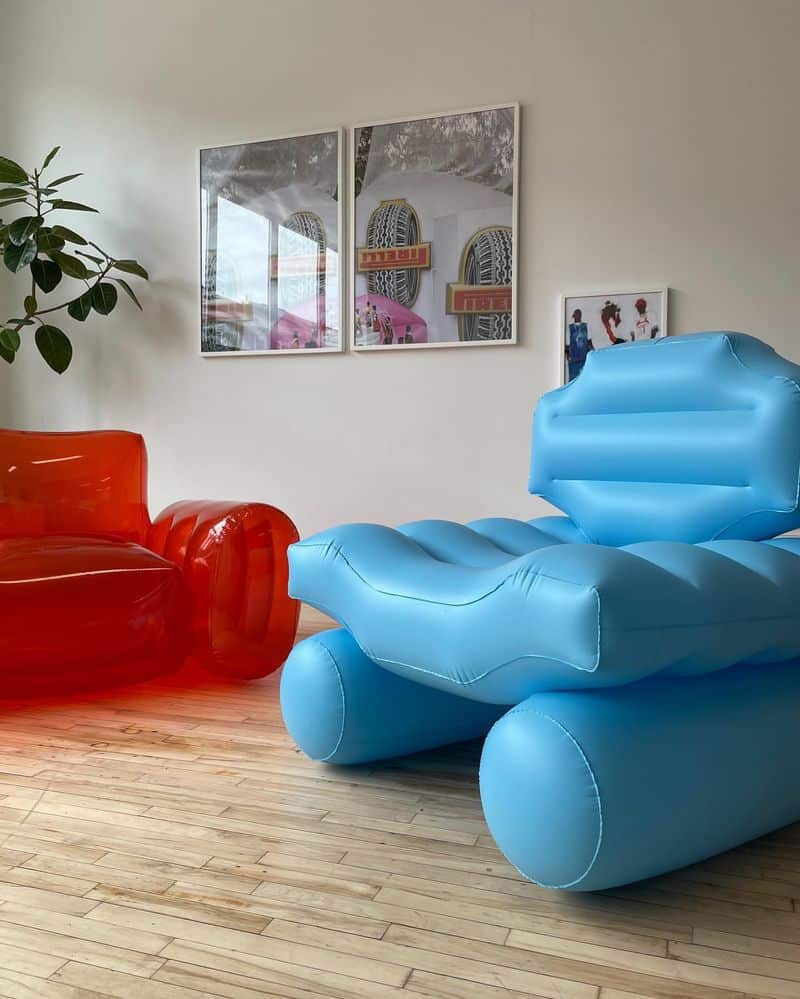
The 1990s saw the rise of inflatable furniture, appealing to younger audiences with its playful designs. Lightweight and easy to move, these pieces were fun but lacked durability and support.
Over time, punctures and deflation became common issues, leading to their decline in popularity.
While inflatable furniture offered a whimsical touch, it also highlighted the need for functional and lasting furniture.
Today, they serve as a fun reminder of the carefree spirit of the ’90s, rather than practical home fixtures.
7. Sunken Living Rooms
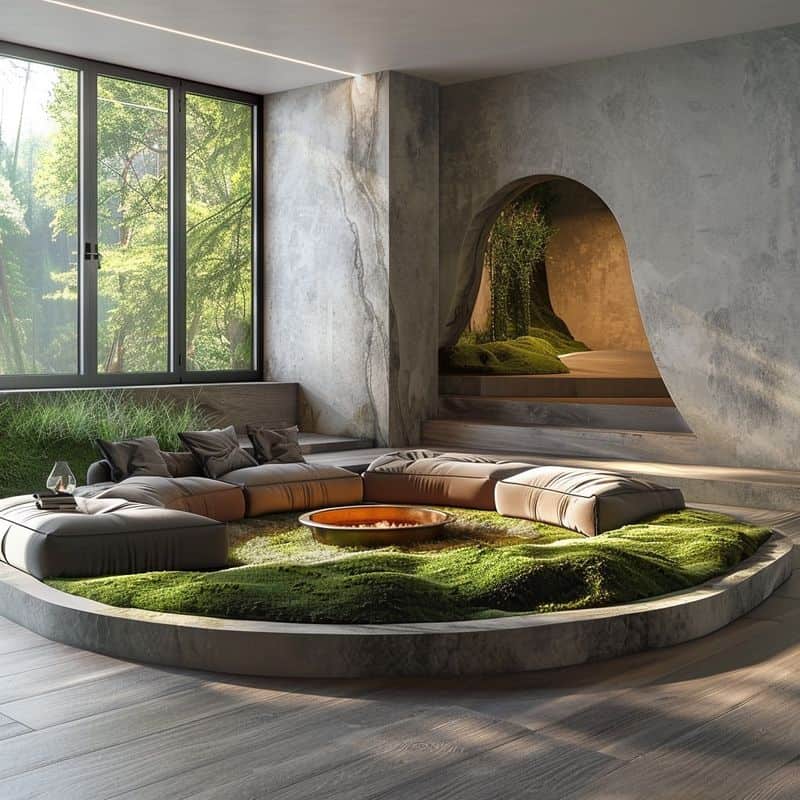
Sunken living rooms, or conversation pits, aimed to create intimate gathering spaces by lowering the floor level.
While visually striking, they posed safety hazards, with the risk of tripping on the steps. Maintenance was also a challenge, as dust and debris collected in the recessed area.
Despite their cozy appeal, they fell out of favor as open-plan designs emerged, offering more flexibility and accessibility.
8. Plastic Furniture Covers
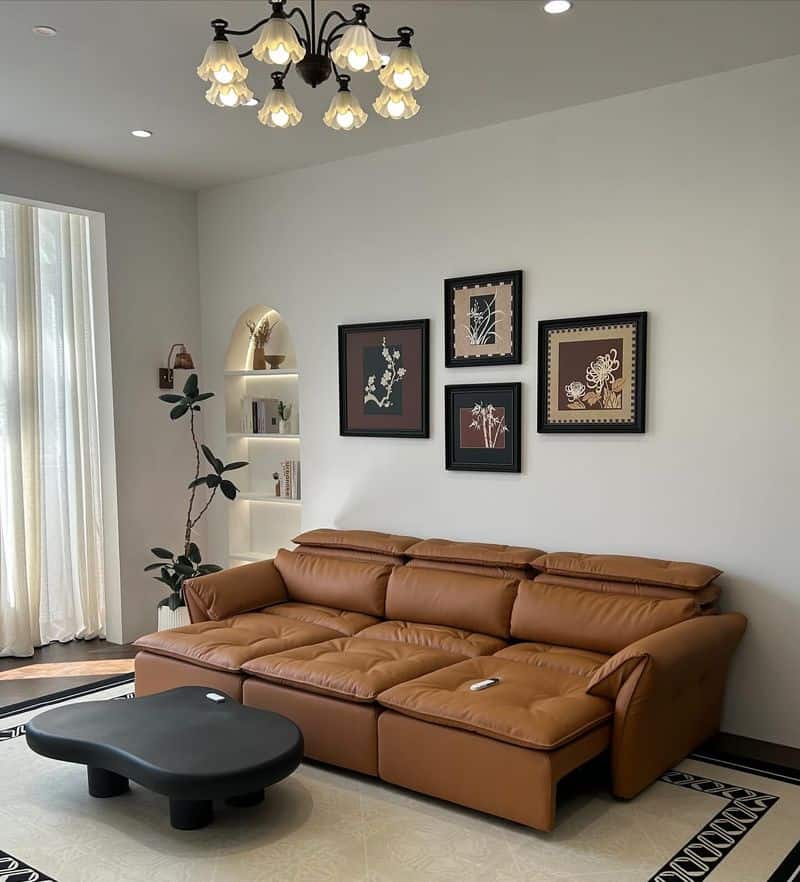
Plastic furniture covers, once ubiquitous in living rooms, were designed to protect furniture from spills and wear. However, they often caused more discomfort than convenience.
The covers were sticky in warm weather and emitted a crinkling noise with every movement. Over time, homeowners realized that comfort outweighed the need for protection.
These covers are now a humorous reminder of overprotective decor choices, with many opting for washable slipcovers that offer both protection and comfort.
9. Wall-to-Wall Carpeting in Bathrooms
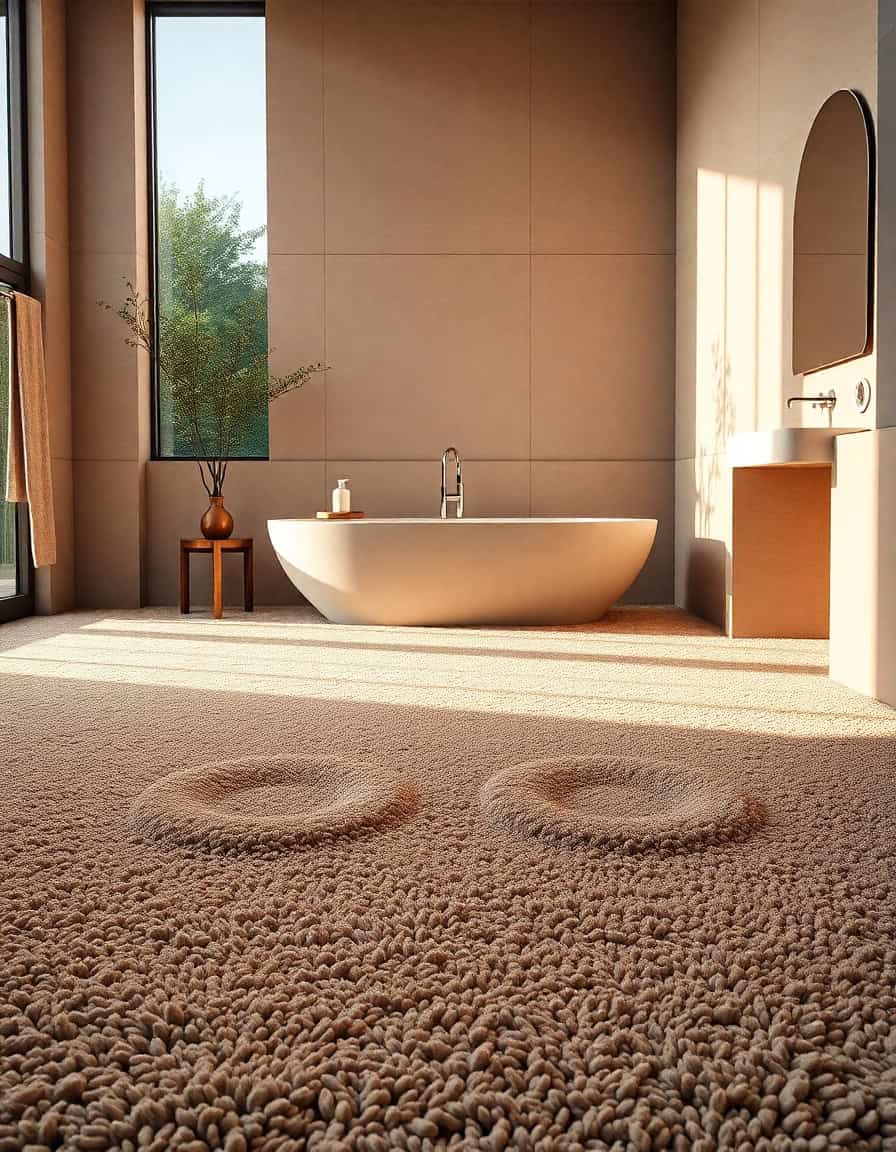
The idea of wall-to-wall carpeting in bathrooms seemed like a luxurious choice, offering warmth and comfort underfoot.
However, it quickly became apparent that carpets were ill-suited for wet environments. Moisture led to mildew and mold growth, making them unhygienic over time.
The practicality of tiles or waterproof floors soon became evident, replacing carpets in these moist spaces.
10. Flocked Wallpaper
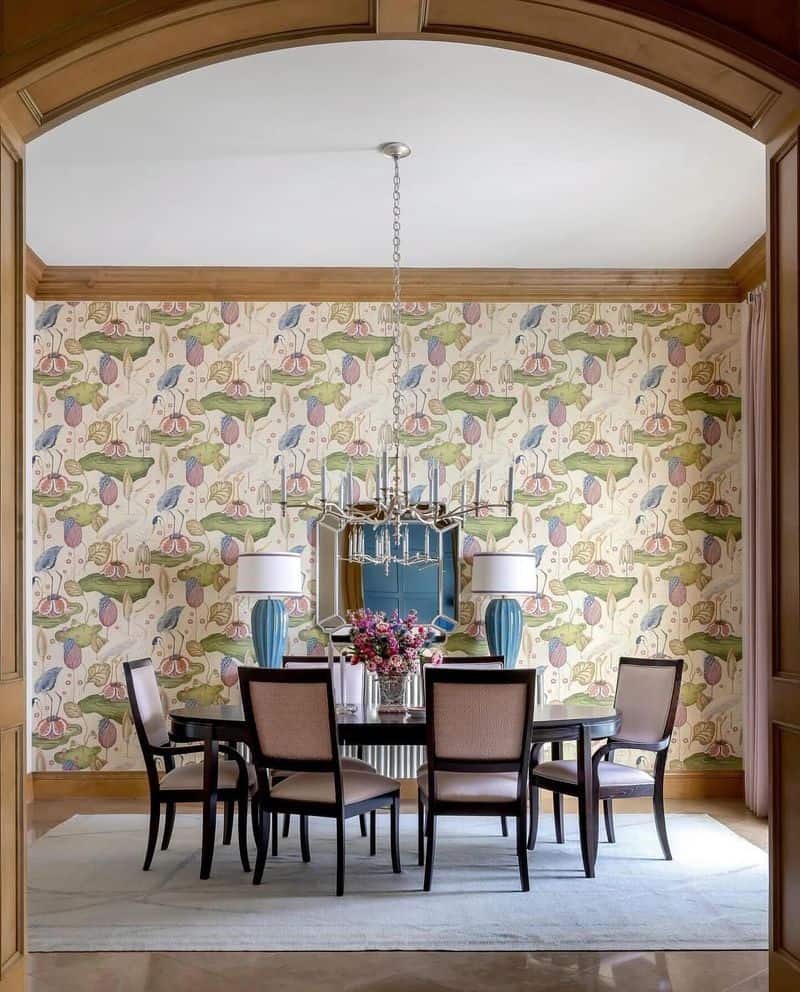
Flocked wallpaper, with its velvety texture, was a hallmark of opulence in the 1970s. Often found in rich colors and intricate patterns, it aimed to add luxury but was a nightmare to clean.
The textured surface trapped dust and was easily damaged. As tastes shifted towards simplicity, this elaborate wall treatment lost favor.
Today, flocked wallpaper is more of a vintage curiosity than a staple, reminding us of the challenges in balancing beauty with practicality in home decor.

